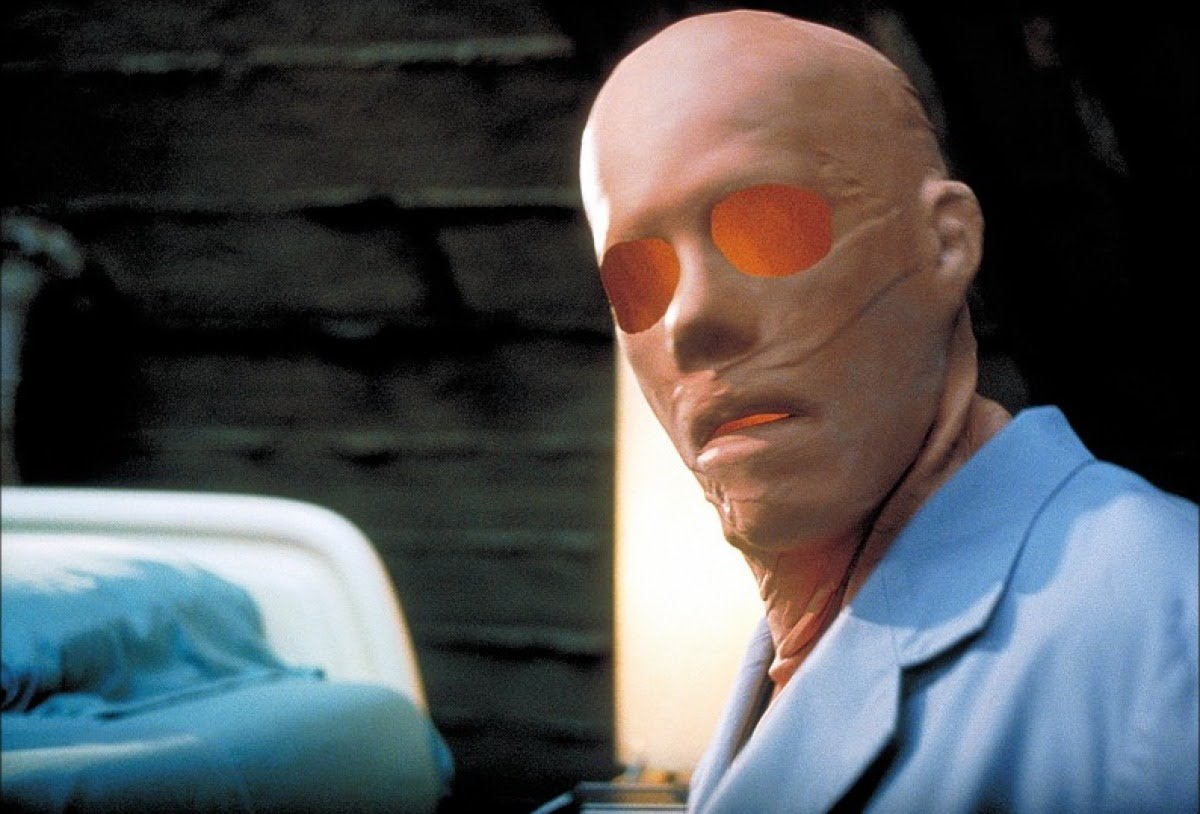https://en.wikipedia.org/wiki/Stereo_imaging
The term "imaging" is a shortened from "stereo imaging" and is defined by positional cues, also used in the 2-channel world to determine proper speaker placement.
Nope, there's more to it. According to J. Gordon Holt's audio glossary:
- Imaging: the measure of a system's ability to float stable and specific phantom images, reproducing the original sizes and locations of the instruments across the soundstage.
- Stereo imaging: the production of stable, specific phantom images of correct localization and width.
- Soundstage: the accuracy with which a reproducing system conveys audible information about the size, shape, and acoustical characteristics of the original recording space and the placement of the performers within it.
Imaging is more than just location/position. It's also about the "size" and the "stableness" of the instrument. For example, K3003/N5005 give great positional cue and boast exceptional soundstage, but neither is good at imaging. Their imaging are not "stable"; I cannot see the "size" of the instrument because I cannot visualize its "body."
These effects are due to tonality and timbre.
Partly, but not totally. The best example is to compare a pre-freqphase JH13/16 with a post-freqphase JH13/16 demo unit. JH claims to have resolved the phase issue in the original, resulting in a better imaging. The tonality were near identical, but the difference in imaging was night and day.
Last edited:



























